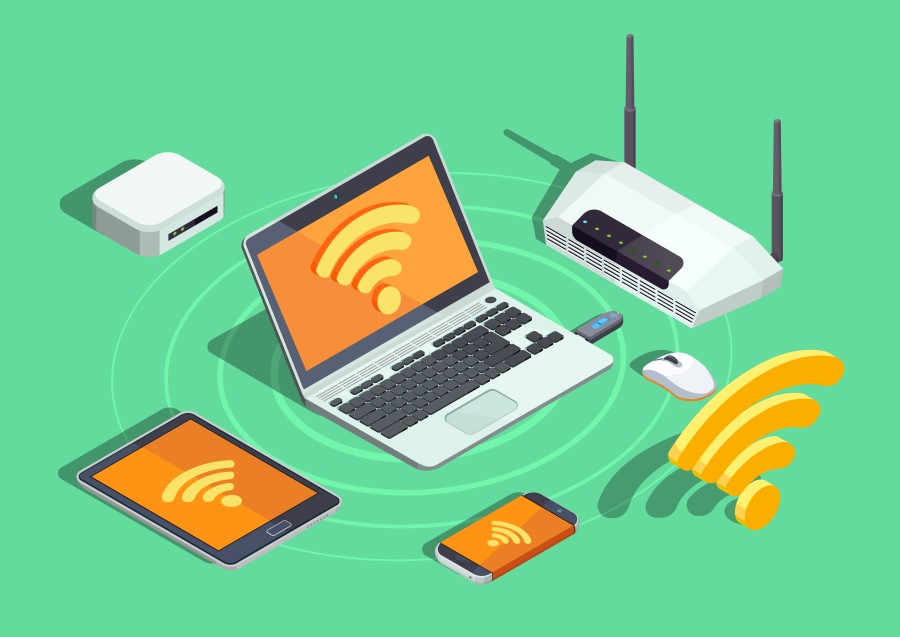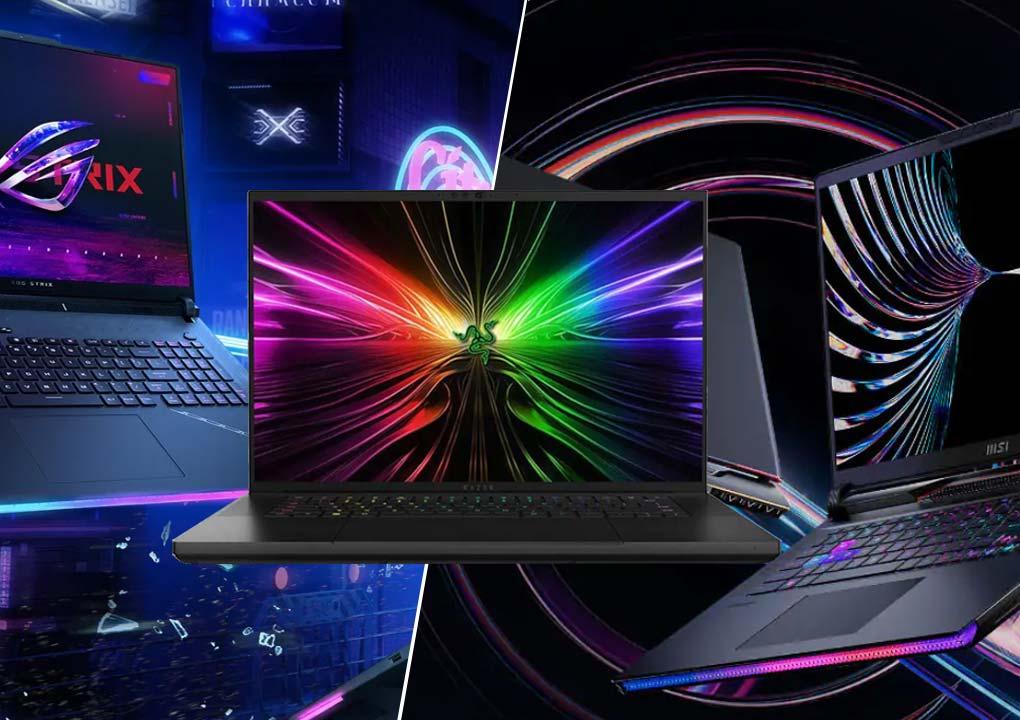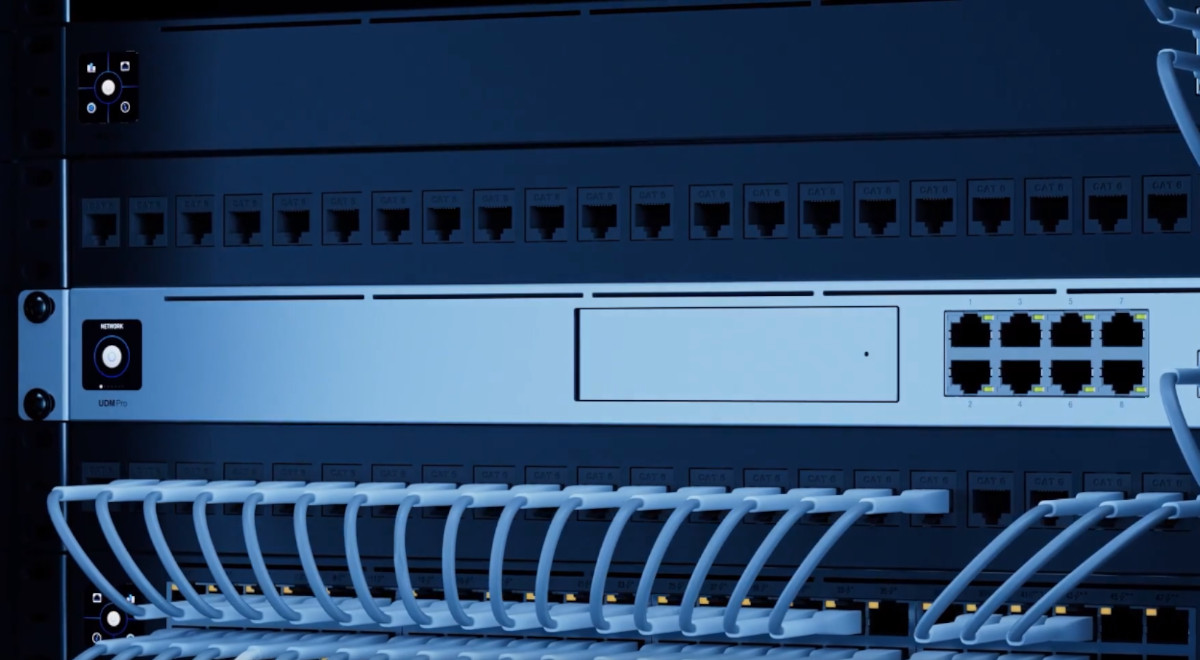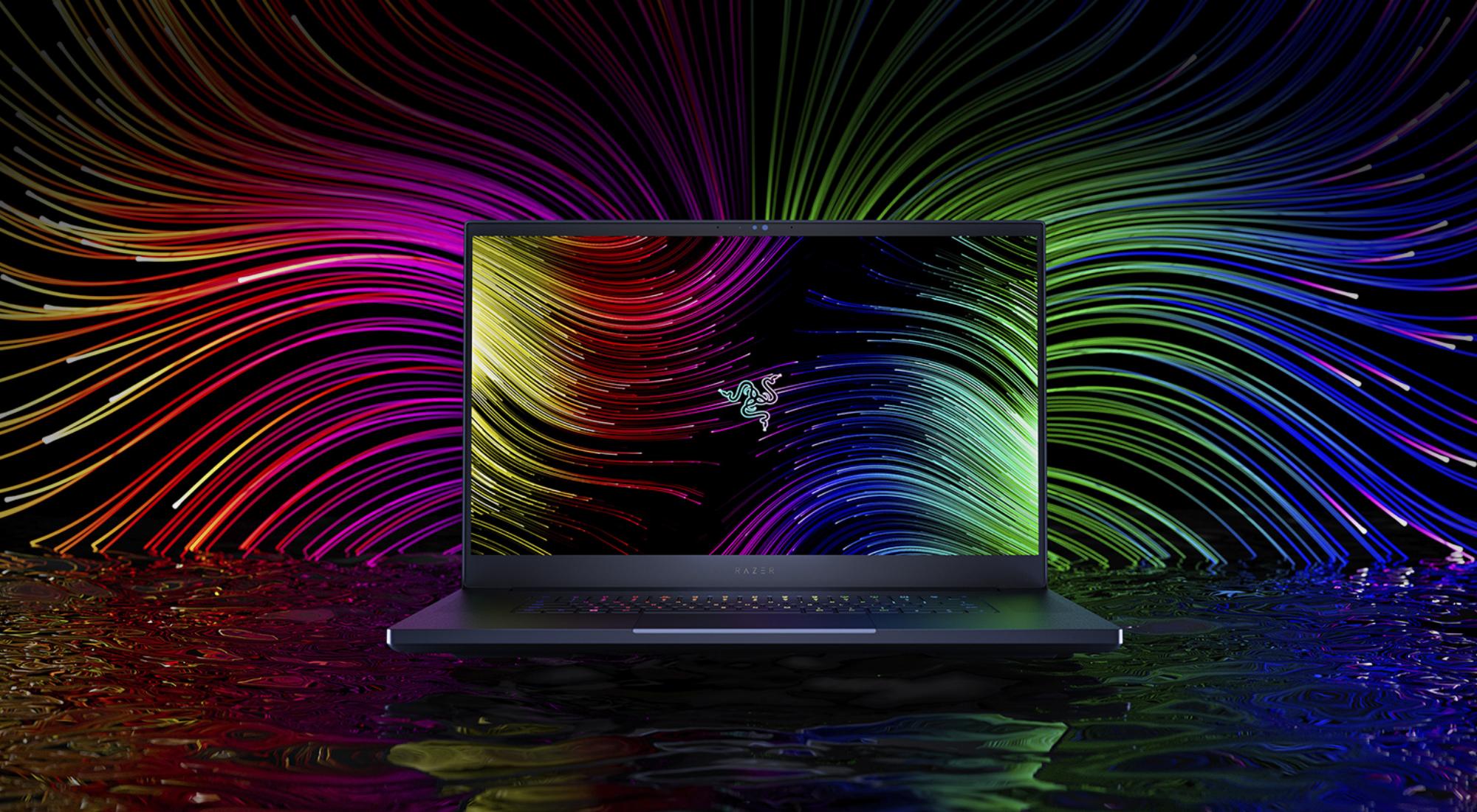Demystifying Wireless Technology: A Guide to Choosing the Right Wireless Devices

When looking at hardware to connect to a WiFi network it can these days be a little confusing of what you need to choose.
You'll first need the right WiFi card and then ensure you have enough (or the right) antennas for your requirements.
The combination between the Antenna and PC usually is solved through these three main points:
- What will the network-connected device be used for?
- What wireless network are you looking to connect to?
- What is the distance between you and the source signal?
If you already have a handle on these points then you are way ahead of many others who read this and might as well be in Latin!
So in this article, we'll look to break down and simplify these as much as we can to enable everyone to understand the basics but also avoid some pitfalls that can occur and give some tips along the way.
So let's get into it.
If you know the answers to these basic questions, choosing the right network solution can be fairly easy.
Selecting the right WiFi card for your PC
Compatibility
The operating system of your PC determines what WiFi card or wireless application you will require.
The majority of wireless cards will plug into Mini PCIe and also into a M.2 Key-E or for cellular connectivity you'd look towards the M.2 Key-B.
If the current hardware you have be it a desktop or laptop has the slot, then the card will be compatible.
The majority of cards today are PCIe based, so ensuring a motherboard that has the corresponding connections when you buy your WiFi card is a must.
PCIe will help enable Bluetooth and USB connectivity for the most part. So when you go ahead and purchase it make sure you choose a card that supports both USB and PCIe signaling.
Drivers
This may sound rhetorical but you must make sure the drivers for both the card and operating system are available for Windows as a prime example.
Look at your supplier to give you information regarding the fact that the card will support both Windows and Linux operating systems
WiFi hardware compatibility and networks
Once you established the WiFi card is compatible with your hardware then you move onto the network and need to make sure it's right for you.
You can break WiFi cards down into what tech categories they fall under. And unless you haven't noticed WiFi 6 and 6E are upon us so in reality you want to make sure you are looking in that direction.
802.11 which is an IEEE specification is followed with additional letters.
So the newer standard is 802.11ax which is WiFi 6.
In the past previous versions were covered by b, g, n, and also a. Apart from 'a' the other networks are all cross-compatible, therefore if you enable a 'g' card that will seamlessly connect with the 'n' network.
Pitfall: Make sure the function is not disabled by your router or in an office environment by your IT team.
For full bandwidth and to get the best out of the latest features you must ensure you have a matching wireless card.
TIP: If you want to keep up-to-speed on the latest generations of WiFi or look back at what they were originally use the Wi-Fi Alliance website.
Bluetooth
It's not always at the front of the queue but checking Bluetooth inclusivity is also a must.
Most modern wireless cards have Bluetooth included but it never hurts to ask, does it? As you'd be surprised some don't.
With its ability to connect wireless peripherals and data over short distances, it's a handy tool to have.
In a similar vein as WiFi, Bluetooth also has numerous versions on the market. The newest is 5.3.
And the good thing about Bluetooth is it's backwards compatible.
Therefore all versions prior can still connect with each other which was a very good wireless future outlook compared to other applications, but along the road, some of the features will be lost.
So what wireless antenna will I need?
Optimal performance lies with the antenna's internal construction.
An Antenna in effect, comprises two pieces:
- A pigtail cable
- The physical antenna
The pigtail is the cable that connects the chassis and the wireless card to the antenna.
Gain
Gain is an extremely important spec.
It is the difference maker in regards to amplifying the signal that's being received and measured in decibels (dB).
As you may well be familiar with decibels the higher the better! More decibels will mean your antenna will respond and help clean up weak signals and make them stronger.
Your ideal range will be 2-7db (for a screw-on antenna).
Single-band and dual-band antennas
Antennas have classifications due to the bands they are subsequently tuned into to amplify.
All wireless tech requires a frequency band to operate in. As an example Bluetooth is in the 2.4Ghz range, this range also covers legacy wireless networks too.
Wi-Fi 4 and up to the latest versions all use the 5Ghz band.
So when you are buying your antenna make sure you have both these bands covered.
TIP: Single band covers just 2.4Ghz whereas dual-band antenna cover both 2.4Ghz and 5Ghz bands.
Many people ask whether Wireless and Bluetooth operating together on the same frequency will cause issues. And it is a very good point.
However, to break it down they aren't really on the exact same frequency. 2.4 GHz uses different frequencies, channels and bands for devices.
And now in the marketplace, you'll find smart devices that auto-change channels to avoid any interferences and enhance performance.
WiFi 6
OFMDA (Orthogonal Frequency Division Multiple Access) Wow that's a mouthful, isn't it?
To make sense of it this splits bandwidth to a point where 30 users can use the bandwidth evenly with no disruption or interference.
Ideal for crowded offices and houses where everyone is using bandwidth at the same time.
Antenna sizes, and how many?
Size matters!
You need to make sure there's alignment between your computer/laptop. It's not necessarily going to affect performance but ensure you check your dB rating on the antenna you go with.
Also, it's not just size it's the amount you may require.
Wireless cards will give you two antenna connections and both should be used.
Although one can be sufficient if you are close to the source or router always check what the manufacturer or your supplier says.
SUMMARY
If you follow the steps above and understand what kind of usage you need, this will stand you in good stead when choosing wireless devices, wireless networks and wireless security all-in-one. Be sure to keep abreast of wireless trends and wireless tips which you can find online which will assist in any wireless troubleshooting you may need to do from time to time. Remember wireless technology is very much on the move so make sure you don't lag, therefore neither will your connectivity, good luck!












